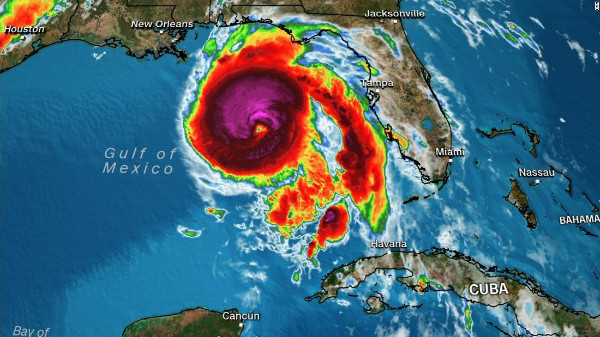Natural disasters are serious business. Hurricanes Michael (10/2018) and Hermine (9/2016) and the wildfire on St. George Island (4/2017) remind us all of the need to prepare for emergencies. Our life on this fragile island requires greater diligence than at many other locations.

